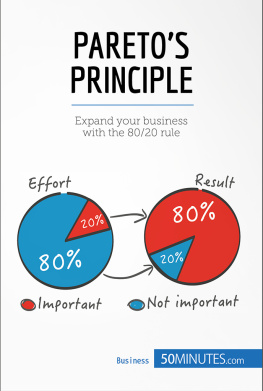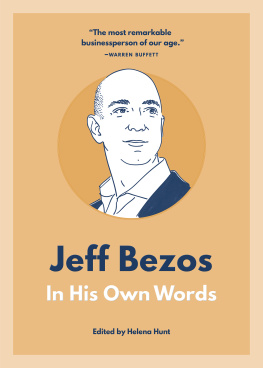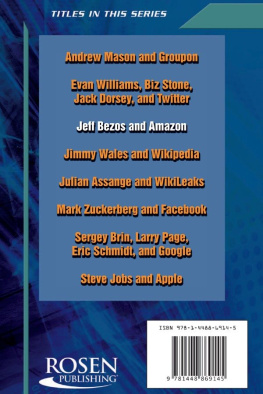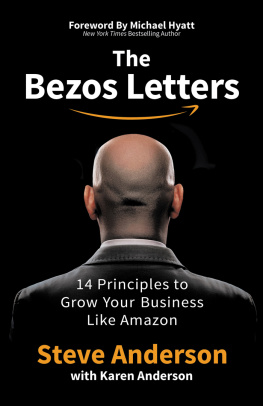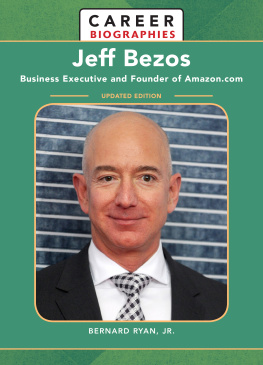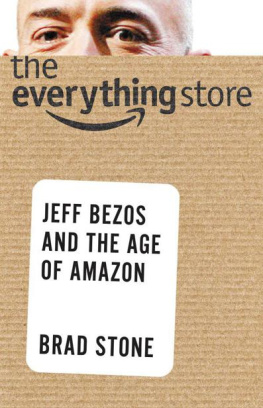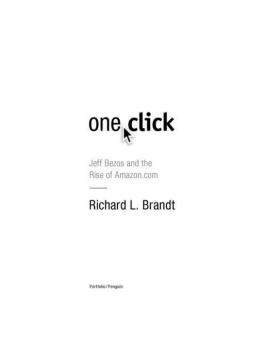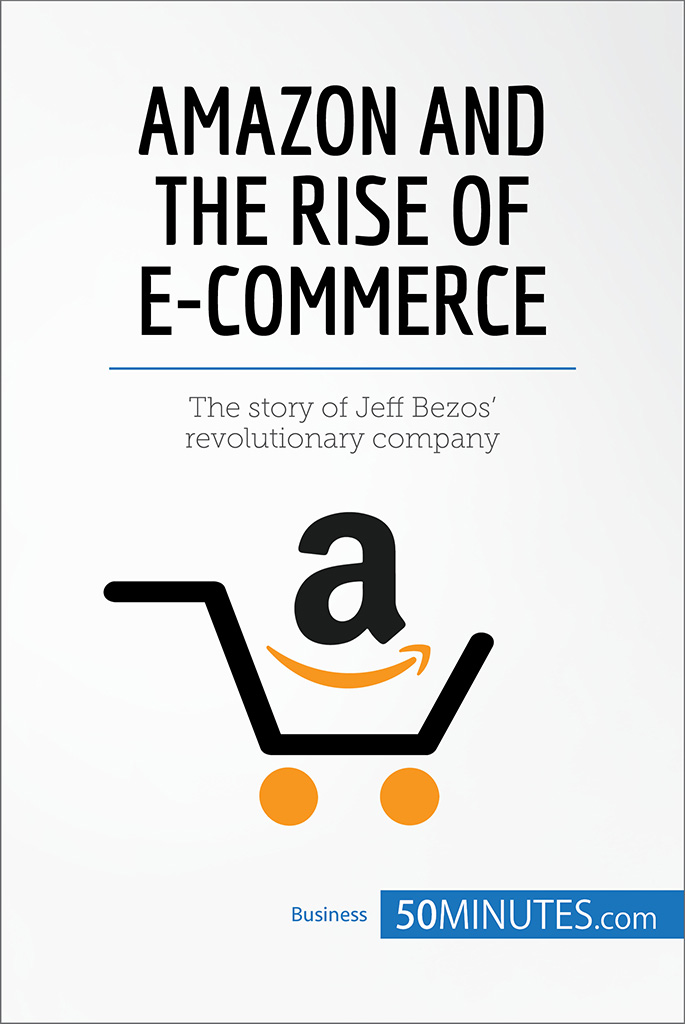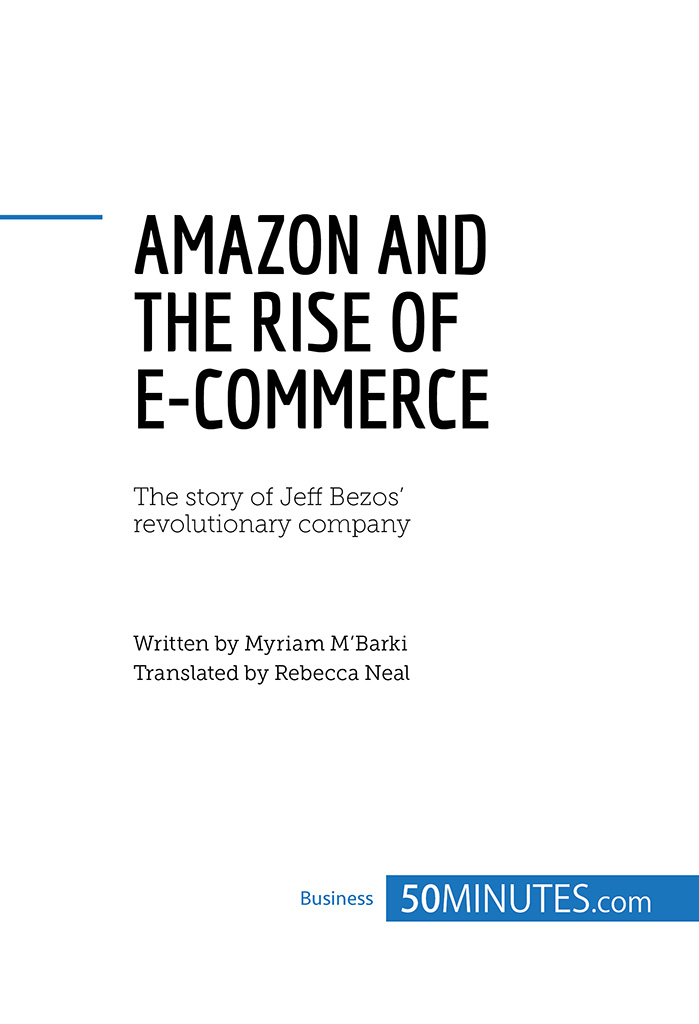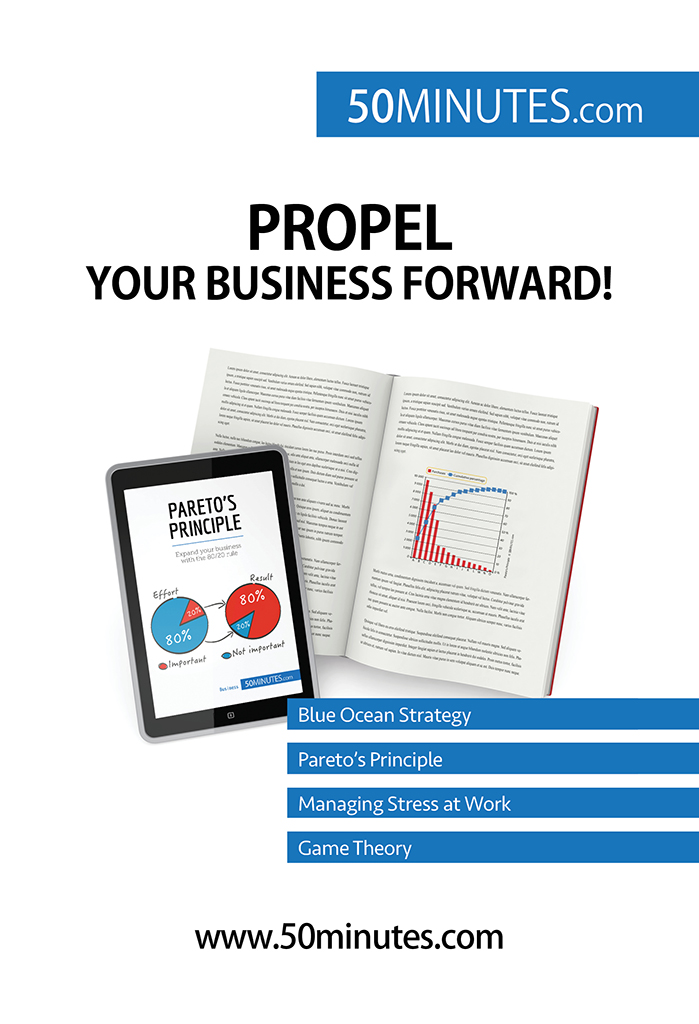Amazon: The Everything Store
In under two decades, Amazon has become the world leader in e-commerce. It quickly rose to prominence and is now one of the so-called Big Four, along with Apple, Google and Facebook. After its stock market launch in 1997, its market capitalisation rose over the years from $148 million to over $200 billion in July 2015. A shining beacon of economic success, Amazon has been both praised and criticised, and the company has taken steps to maintain its dominance. Faced with increasingly tough competition, it branches out year after year to offer new, innovative products and services.
However, things were not always so rosy for the internet giant. In spite of an unusual business model which was a cause of concern for investors to begin with Amazon survived the burst of the internet bubble, caused by the overvaluation of young tech companies on the stock market, in the early 2000s and first turned a profit in 2001. This profit stood at $5 million, or one cent per share, for a turnover of over a billion dollars. Although this was still a slim margin, it showed the world, and even the most sceptical observers, that this unconventional business model could succeed.
While nowadays Amazon sells virtually everything, the company initially only sold paper books, before branching out into electronics (CDs, DVDs, software, cameras, video games, household appliances, and so on), digital content (e-books, online video and music, and so on), its own electronic devices (the Kindle, the Fire Phone, and so on) and cloud computing (Amazon Web Services). The company has since acquired or bought part of no fewer than 60 different companies and has developed its site across four continents.
Key information
- Founder: Jeff Bezos (born in 1964).
- Founded: 5 July 1994 in Seattle, Washington.
- Market launch: July 1995 in the USA.
- Sector of activity: e-commerce.
- Key figures:
- Since it was founded, Amazons turnover has increased by a factor of 420, reaching almost $90 billion in 2014.
- By 2013, Amazon had 237 million users. This figure rose to 270 million in 2014 and 300 million in 2015. The number of users has been growing by around 30 million per year since 2009.
- As of 2015, Amazon was present in 14 countries: the USA (1995), Germany (1998), the UK (1998), France (2000), Japan (2000), Canada (2002), China (2004), Italy (2010), Spain (2011), India (2012), Brazil (2012), Mexico (2013), Australia (2013) and the Netherlands (2014).
Amazons beginnings: the idea of an online bookshop
Jeff Bezos early years
From childhood onwards, the high potential and tenacity that would characterise the future businessman Jeffrey Preston Bezos (born in 1964) were already clear. He was born in New Mexico and raised by his mother and his stepfather, a Cuban immigrant from whom he takes his name. He was a gifted child and dreamed of becoming an inventor. Following his high results on an aptitude test at the age of eight, his parents sent him to River Oaks Elementary School in Houston, Texas, a Vanguard school for gifted and talented children. During his teenage years, he demonstrated and developed a talent for designing and creating all kinds of gadgets and robots.
How does it work?
There was only one thing motivating the young Bezos to carry out his experiments and work on his inventions: the desire to understand how things worked, so that he could test their limits and imagine possible developments. Even at a young age, he was a visionary, developing hovercraft and a solar-powered kitchen, among other things.
At school, Bezos was awarded a prize for being the best student in science and maths on several occasions, and his headteacher never missed an opportunity to show him off to visitors. When a local business allowed a group of students from the school, led by Bezos, to use a surplus of computers, he seized the chance to take his first steps in computer programming.
I have realized about myself that Im very motivated by people counting on me. I like to be counted on. (Jeff Bezos, cited by Lashinsky, 2012)
As a teenager, Bezos displayed a strong competitive spirit. He always worked to surpass himself and finished top of his class in high school. He then delivered a speech to his graduating class in which he expressed his desire to conquer space and preserve the Earth and its natural resources, imagining a future in orbit for the human race.
Blue Origin: when Bezos tried to conquer space
The company Blue Origin was created by Bezos in 2000, two years before Space X and Virgin Galactic, which also work on space exploration. Blue Origin works on sub-orbital rocket engines. Sub-orbital flight involves increasing the propulsion speed of the spacecraft so that it can remain in orbit and stabilise itself once it is in space. This approach permits a significant reduction in fuel costs for the craft because it travels more slowly and its speed comes from its propulsion force.
Bezos then went to Princeton, where he initially planned to study physics. He eventually majored in electrical engineering and computer science, and graduated in 1986.
A young businessman
Bezos started his career on Wall Street. From 1986 to 1988, he worked for Fitel, a startup which dealt with telecommunications networks for monetary transactions, before working at the hedge fund D. E. Shaw & Co. (founded in 1988 by David Shaw, born in 1951). This hedge fund was particularly innovative and redefined the sector: its IT specialists developed complex mathematical formulae to make estimations about and calculate the fluctuations of the financial market.
Bezos developed his outlook on business management while working at D. E. Shaw & Co. from 1988 to 1993. He was a very meticulous, precise, methodical and disciplined worker, and conscientiously noted everything he learnt about research strategy and company development to ensure that he did not miss anything. He learnt a great deal from this job, and his CEOs vision, creativity and boldness made him a constant source of inspiration for Bezos. At this time, Bezos and some of his colleagues, including Shaw himself, started to imagine a shop online which sold everything, although they did not work on developing the project.
Jeff Bezos and David Shaw
Somewhat surprisingly, Shaw did not only recruit financiers for D. E. Shaw & Co.: he also took on maths and science prodigies with solid references. After impressing the companys founder with his talent, intelligence and ambition, Bezos quickly rose through the ranks to become vice-president in 1992.
This promising career in finance came to an end when Bezos read an article about the potential of the internet economy which changed the course of his life.
A legend is born
The year was 1994, Bezos was 29 years old and the internet was in its infancy. There were only 500 websites, e-commerce was practically nonexistent and many experts from the world of finance were predicting renewed growth for retailers. In 1992, an online bookseller, Book Stacks, now called Books.com, set out to establish itself in this promising market.
Internet
The United States Department of Defense (DOD) was behind the internet project in the 1960s. Through this initiative, the DOD hoped to have a reliable backup for its IT networks in case of emergency. Over the years, the internet developed and was adopted by the US government, and then by university researchers to exchange data and messages. The democratisation and commercial use of the internet did not take place until the 1990s.







